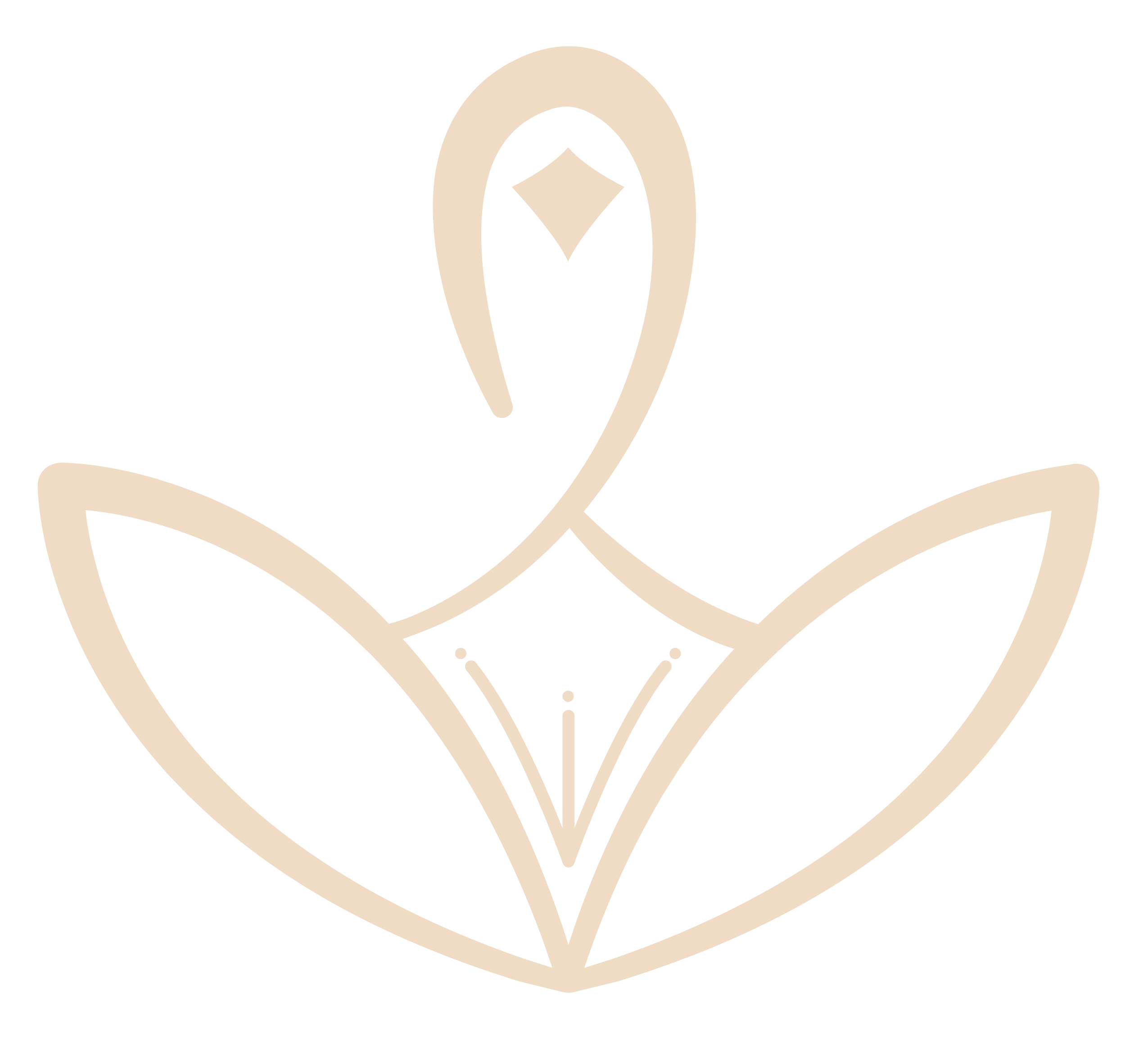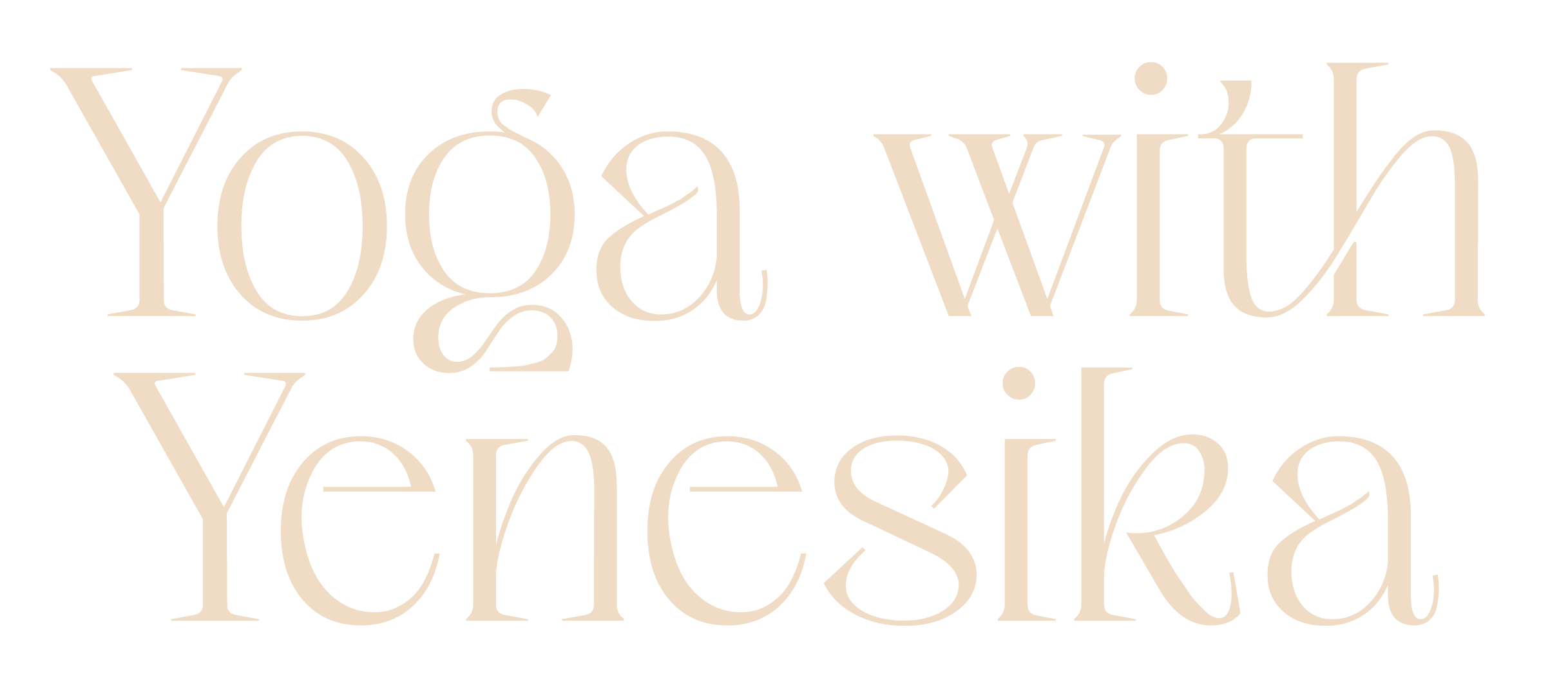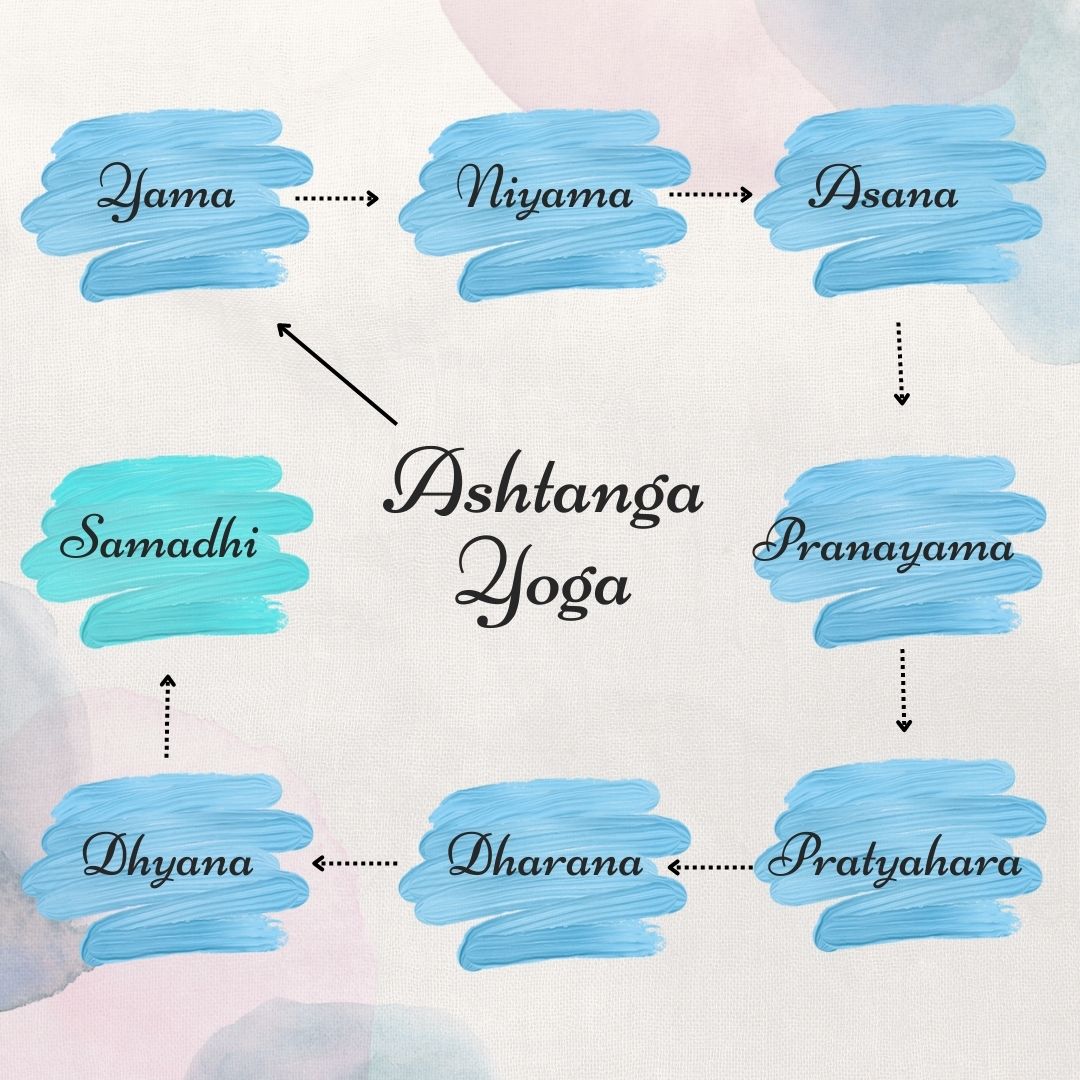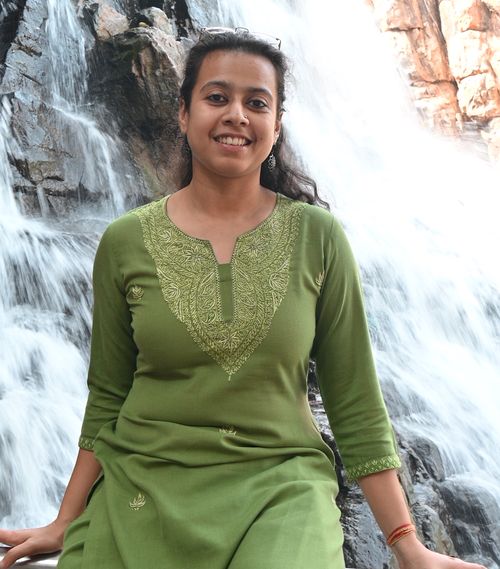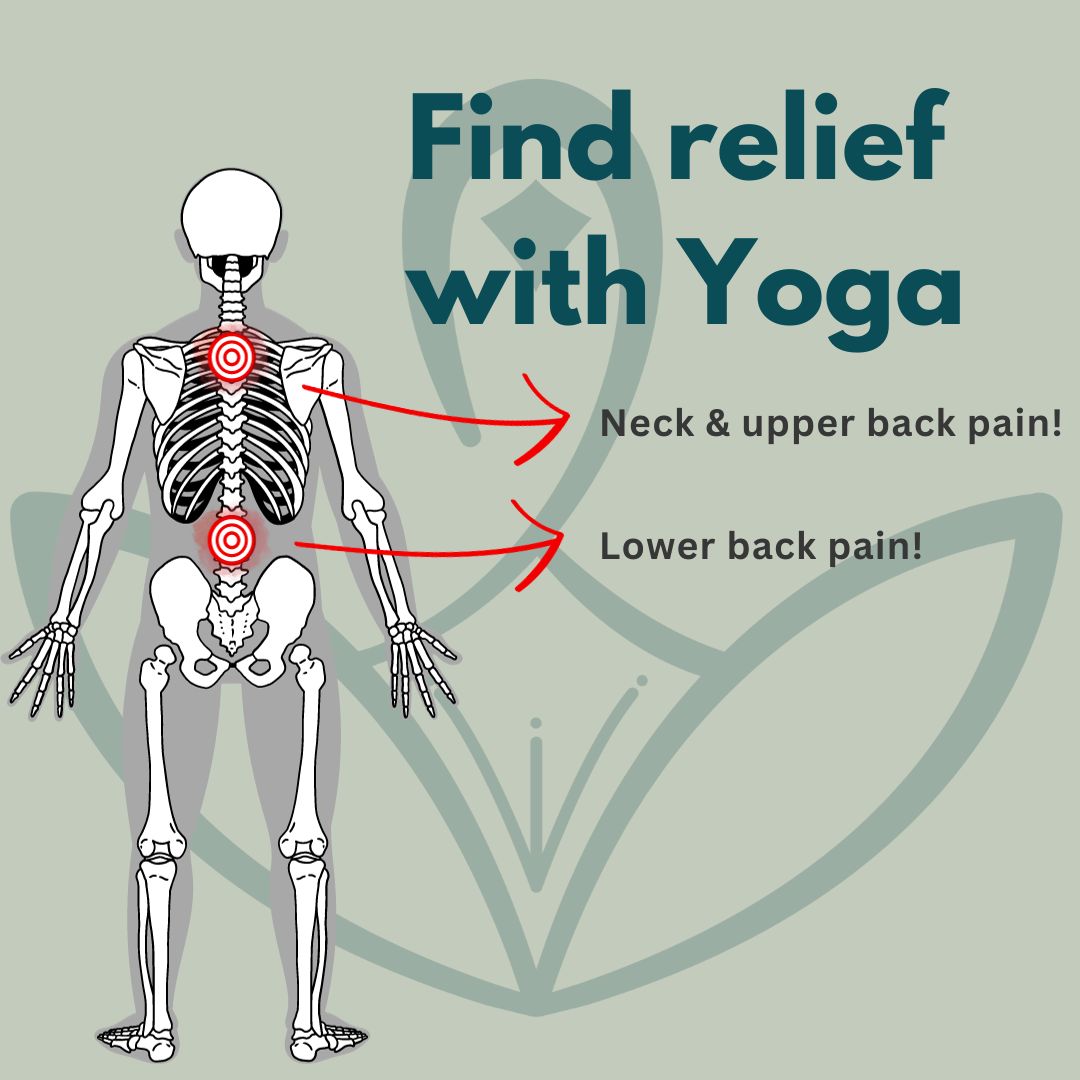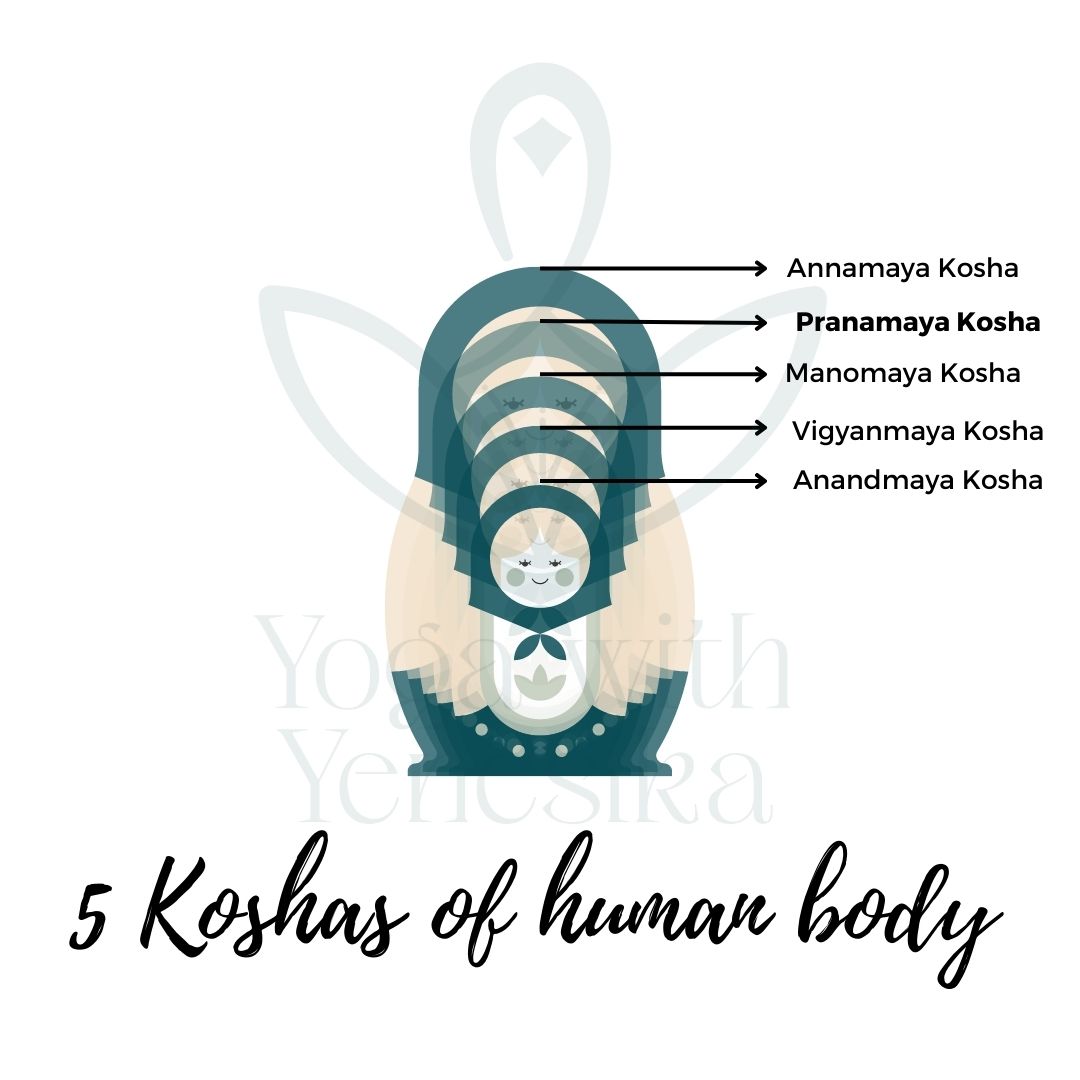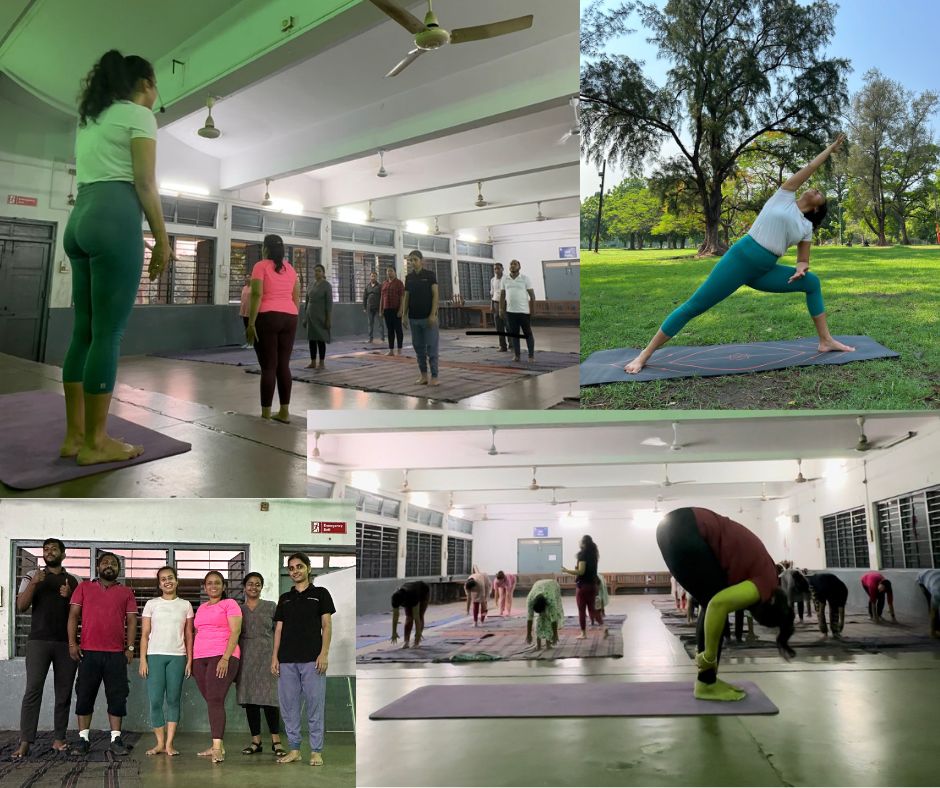You read it right. Yoga is not limited to postures and exercises which involve stretching. You don’t have to be flexible to start or try out Yoga. Infact, Yoga is not limited to the physical asana practice. Yoga is a way of life.
The word ‘Yoga’ or ‘Yog’ literally translates to ‘union’ in the English language. In the practical sense, Yoga asana practice is the union of our mind and body with our breath. For an absolute beginner, asana practice or the physical form of practicing Yoga is always recommended as the first stepping stone. Asana are only one of the eight limbs of Yoga.
Yoga as a lifestyle offers a comprehensive framework for leading a purposeful and fulfilling life. Also known as Raj Yoga or Ashtanga (ashta + anga, i.e. eight limbs) Yoga, the eight limbs of Yoga provide a practical guide for the physical, mental, and spiritual aspects of yoga practice.
The eight limbs of Yoga consist of Yama, Niyama, Asana, Pranayama, Pratyahara, Dharana, Dhyana, and Samadhi. Each of the limbs is interrelated and builds upon the previous one to create a holistic and harmonious lifestyle.
Yama refers to the moral code of conduct that governs our interactions with the world around us. It includes non-violence, truthfulness, non-stealing, non-excess, and non-possessiveness.
Niyama refers to personal observances and practices that help us develop a deeper connection with ourselves. It includes cleanliness, contentment, self-discipline, self-study, and surrender to a higher power.
Asana refers to the physical practice of yoga postures that help strengthen and balance the body, increase flexibility, and promote relaxation.
Pranayama refers to the practice of regulating the breath to cultivate prana or life force energy. This limb helps us to control our thoughts and emotions and improve our overall well-being.
Pratyahara refers to the withdrawal of the senses from external distractions, allowing us to turn our focus inward and develop self-awareness.
Dharana refers to concentration, the ability to focus our attention on a single point, such as a mantra or image, which leads to mental clarity and stability.
Dhyana refers to meditation, a state of deep contemplation and introspection that allows us to experience a sense of inner peace and connectedness.
Samadhi refers to a state of profound ecstasy and bliss, where the individual merges with the universal consciousness and experiences a sense of oneness with all creation.
The Ashtanga or Raja Yoga provide a holistic framework for living a balanced and purposeful life. By practicing each limb with sincerity and dedication, we can cultivate a deep sense of inner peace, harmony, and fulfillment.
